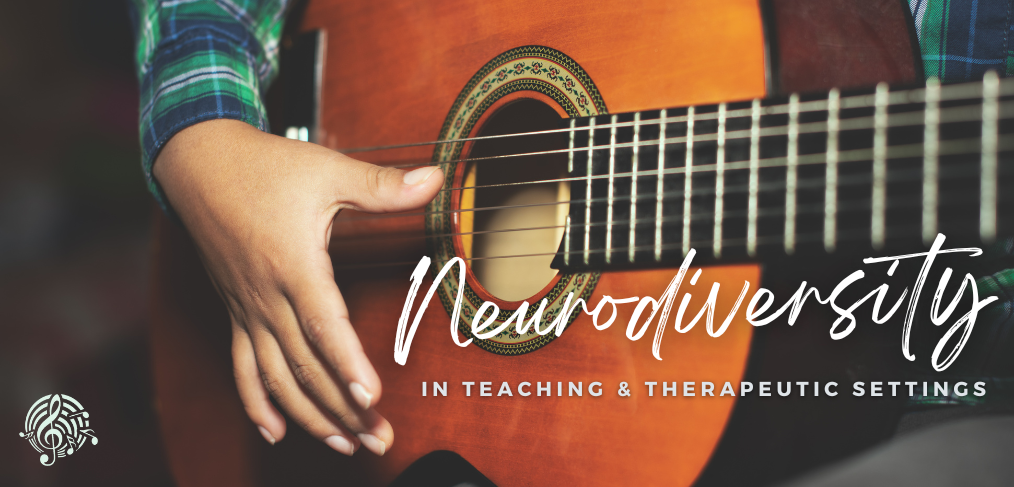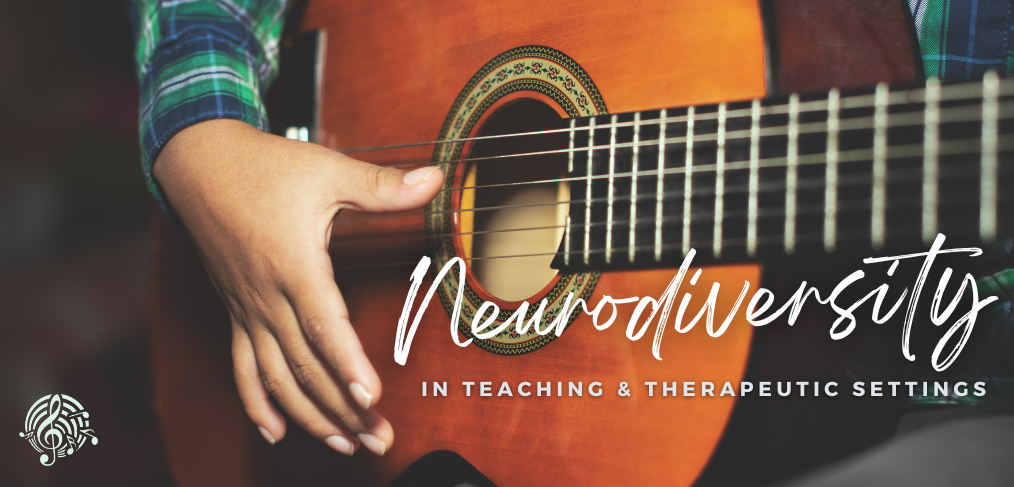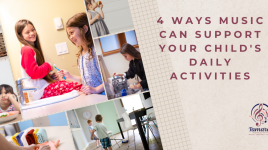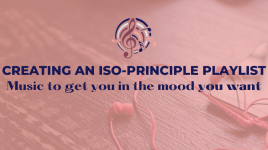
Neurodiversity Within Teaching and Therapeutic Settings
Meeting the needs of neurodiverse learners in music education and music therapy
Last November, I had the opportunity to attend the annual symposium run by the Geneva Centre for Autism.
During the 3 day conference, one of the presentations, led by educator Laura Dymond, discussed adaptations of learning to honour classroom diversity. In her presentation, she emphasizes that the suggested strategies discussed below were best practice for all learners as every child is unique. These concepts not only apply in a traditional classroom, but to all of us as music educators and music therapists.
As you begin working with a new student/client, conference with the student/client and their parents or caregivers. TPSMTS does this with every new family during their consultation ahead of the start of lessons/sessions. Define what’s challenging for your new student/client, what works best when teaching them, and what they enjoy. From there, you can plan all subsequent lessons/sessions based on these learned items.
It is important to always remember:
- Continuously building rapport is important.
- Neurodiverse students/clients can try to hide things to pass off as “normal.” This is called masking.
- There is no “one size fits all” type of lesson/session.
- Neurodiverse students/clients may have a smaller working memory as they are processing so many other elements during the lesson/session.
- Keep your responses consistent. For example, if the student/client should not be throwing instruments, do not allow it the first few times and change your mind. Enforce the rule again and follow through.
- Being physically safe within the environment does not mean the student/client feels safe to be themselves, participate, and share. Allow time and space for them to feel comfortable to do so.
Some strategies that Kara suggested include:
- Give clear, concise information to ensure comprehension.
- Clear clutter from around the room.
- Chunking: teaching components in small steps.
- Provide visuals to aid comprehension.
- Input choice.
- Provide learning tools to meet a variety of needs.
- Provide a safe environment.
- Teach self regulation and collaborative problem solving strategies (learn more about motivation and growth mindset here).
Works Cited:
Dymond, L. (2022, November 4). Learning through an Autism Lens: Easy Adaptations to Honour Classroom Neurodiversity [Conference presentation]. https://symposium.autism.net/en/#
Autism Masking: To Blend or Not to Blend — https://www.healthline.com/health/autism/autism-masking




